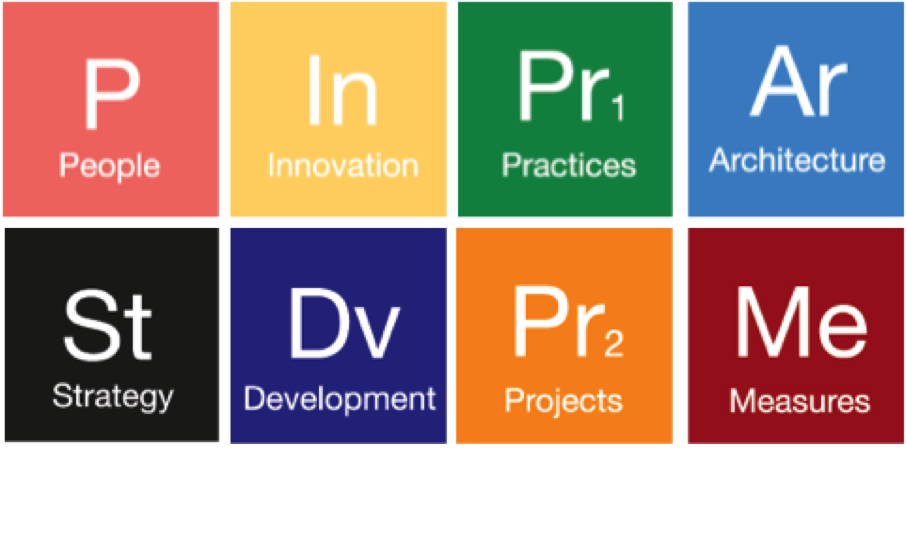Measures
Does your organization regularly evaluate project progress and contribution to business objectives? What are your key performance indicators? How do you reallocate your IT investment portfolio to meet objectives?
Volatile business and market conditions are driving the implementation of transactional and systematic cost optimization initiatives in most enterprises. Benchmarking, best practices, Design of Experiments, ISO9000, Six Sigma, Total Quality Management and lean manufacturing are all process improvement methodologies that have established themselves as standard tools for transforming IT and business processes.
Establishing clear metrics is essential in evaluating milestones, understanding areas of improvement, and establishing the business relevance of IT processes and systems. Good performance metrics provide motivation for positive change, especially when the measurement process is transparent and accessible, and when the metrics are simple and well-understood.
The three most mentioned metrics used to evaluate the success of projects are: alignment to company strategy and goals, revenue growth, and cost savings to the enterprise. Without a formal strategy, defining metrics and aligning them with process maturity and investment, IT senior management lacks the foundational tools to identify the necessary investment in, and the efficiency and quality of service delivery.

